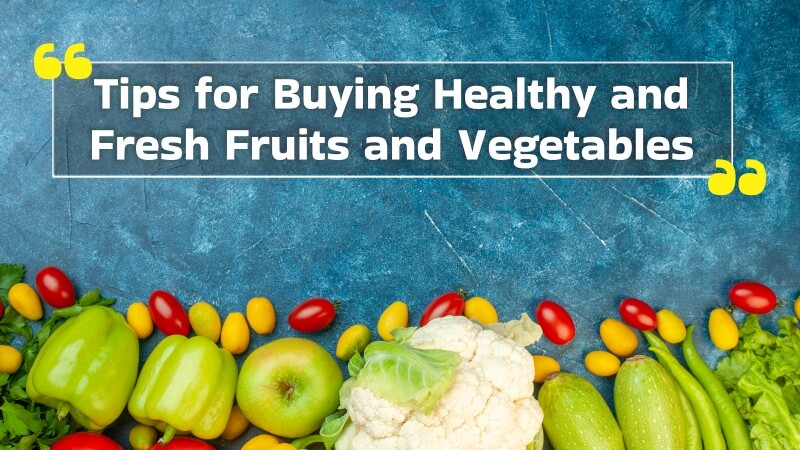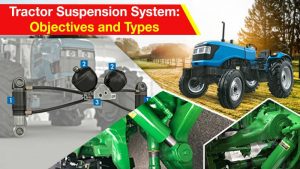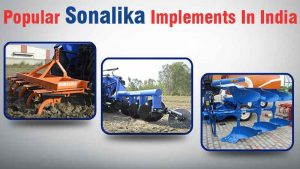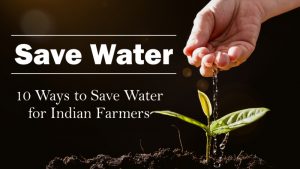Introduction:
Fruits and vegetables have a crucial role in fostering human health. In actuality, a healthy lifestyle is built on a diet rich in fruits and vegetables. Therefore, it is imperative that humans consume a reasonable quantity of fresh fruits and vegetables each day. Essential fiber, vitamins, minerals, and disease-preventive phytochemicals can all be found in abundance in fruits and vegetables. As a result, eating a lot of fruits and vegetables each day can help you lower your risk of developing a number of serious diseases.
By lowering blood pressure, a diet high in fruits and vegetables can lessen the risk of heart disease and stroke. Fruits and vegetables have the power to keep eyes healthy, prevent digestive issues, and prevent some types of cancer. Additionally, eating fresh fruits and vegetables every day has a positive impact on blood sugar levels and supports a properly maintained appetite. Likewise, green leafy vegetables, pears, apples, and other fresh fruits and non-starchy vegetable aid in regulating abnormal weight and even weight loss.
Tips For Buying Fresh Vegetables Are Listed Below:
- Avoid vegetables with obvious stains or cracked skins since damaged areas can quickly cause a vegetable to become bad. Never purchase such vegetables if you don’t intend to cook them right away.
- The fresh vegetables you choose should be bright green and crunchy. The vegetables have passed their prime hours if they appear bruised or undertoned.
- Look for signs of disintegration on the stems of cauliflower, broccoli, entire cabbages, and lettuce. The best course of action is to stay away from broccoli that has been kept in ice containers.
- Leafy green vegetables like spinach and kale may lose their color very quickly after harvest. If you want to cook spinach right away, you can purchase withered spinach. But if you plan to cook within a day or two, look for spinach with crisp leaves and store it in the refrigerator immediately after buying.
- When brown onions are harvested, they are green and are allowed to continue drying before being taken to market. If kept in a dry, dark place, a solid onion with the outer skin will last for a few weeks. An onion should never be peeled or chopped, then left outside.
- When tapped, a whole pumpkin should sound empty and appear rigid. A healthy pumpkin may survive for days in a shady, dry environment. To prevent mold, it must be boiled soon after being cut and kept in the refrigerator.
- The ideal carrot should be firm, crisp, and shiny. Carrots shouldn’t bend and shouldn’t be spongy. You can nonetheless prepare and eat pliable carrots if there is no mold on them.
- Mushrooms shouldn’t feel greasy to the touch and should appear flabby but not shrunken. Keep them on paper to prevent the feeling of slipping.
- Pick only firm potatoes free of blossoming or green areas when choosing potatoes. Because pre-washing removes some of the outer skin from the potatoes and allows air to come into touch with them, potatoes with dirt will last a few days longer than pre-washed kinds. If you want potatoes to last longer, store them in a dark place and attempt to keep the temperature low.
- Verify the date on the packets if you are purchasing pre-cut veggies, such as pre-made salads, cauliflower rice, or stir-fry mixtures, and make sure there isn’t too much water within the package.
- Pea quality is determined by the shell’s color and texture, which should be brilliant green in appearance. Choose shells that are a good size but aren’t inflated. Overdeveloped peas are identified by their dried, spotted, and yellow shells.
- Due to the absence of oxygen, fresh veggies covered in plastic will stay longer. To ensure that your vegetables stay fresh for a longer period of time, store them in airtight containers in the refrigerator.
Tips For Buying Fresh Fruits Are Listed Below:
- Summer is when most fruits are at their prime. Always choose fresh seasonal fruits that are readily available locally.
- Mangoes, pineapples, apricots, and peaches should all have a delicious aroma. If they don’t have that smell, they aren’t ripe enough, and if you buy them, you can be sure they won’t ripen in your home. Decide carefully before purchasing such fruits.
- Once removed from the parent plant, pineapple does not continue to ripen, so only purchase pineapples that smell like pineapple. You shouldn’t be concerned if they are orange or greenish because their color may change according to the season. You simply take a proper decision before buying them based on how they smell.
- Fruits with cracked or damaged skin should be avoided. If you opt not to eat or cook such fruits immediately away, there is a good chance that mold will swiftly grow on them.
- Look for firm, plump berries with vibrant coloration. Avoid moist or leaking containers because these could be signs of mold or imperfect fruit. A strong berry aroma indicates that they are ripe and ready for consumption.
- Melons with cavities or darker patches are typically not a concern. These dots are merely the remnants of their growth on the earth. On the melon, there should, however, be no spongy feeling at all. When tapped, they ought to sound like a hollow cavity and be hefty for their size.
- Apples ought to be solid. Even if they have spots on them, you generally don’t need to worry if they look shiny or powdery. But avoid the ones with tiny holes because they can contain pathogens.
- Oranges ought to be hefty and firm. Depending on the variety, they have a range of colors but all must smell like citrus fruit.
- Always look for signs of mold on the underside of the berry basket. Eat soft berries as soon as you can after purchasing them because they can quickly get moldy. Examples include strawberries and raspberries.
- To determine whether an avocado is ripe, gently press the area near the stem. It can be slightly soft but need not be completely spongy when touched if it is suitable to eat.
- Vegetables are more seasonal than fruits. As a result, if you want to eat fruits that are not in season, you either buy them from a cold storage facility or import them from another country.
To learn more about farming, use the Khetiguru mobile application.
To get the latest updates on the tractor, tractor price, and tractor news install the KhetiGaadi application.




